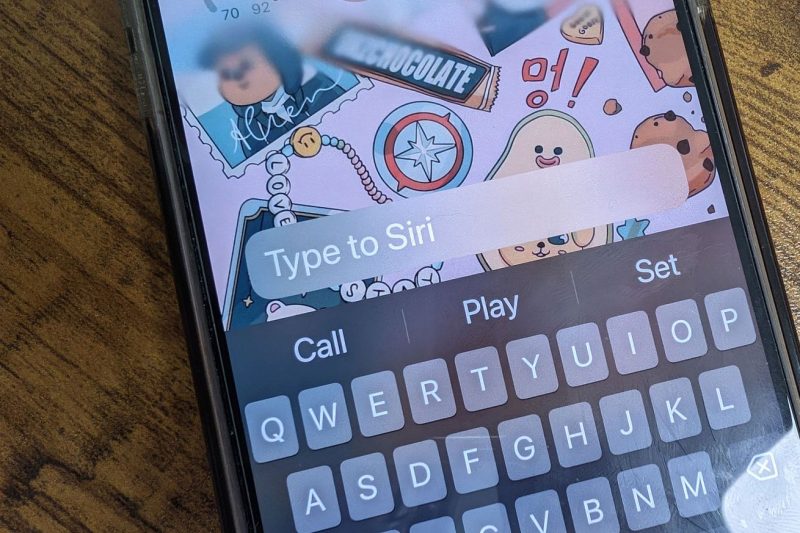In a world increasingly dominated by technology and artificial intelligence, the way we interact with machines is constantly evolving. One fascinating development in this fast-paced landscape is the rise of typing to AI assistants as a preferred mode of communication. In an era where convenience and efficiency are key, typing to AI assistants presents itself as a game-changer in how we leverage technology to enhance our daily lives.
The concept of typing to AI assistants involves engaging with artificial intelligence-powered systems through written text inputs, as opposed to traditional touch or voice interactions. This method of communication relies on natural language processing capabilities, enabling users to communicate their needs, queries, and commands in a manner that mimics human conversation.
One of the primary advantages of typing to AI assistants is the anonymity and privacy it affords users. Unlike voice interactions that may be overheard by others, typing allows individuals to engage with AI assistants discreetly, ensuring sensitive information remains confidential. This aspect is particularly appealing in scenarios where users may be dealing with personal or sensitive matters that they prefer to keep private.
Furthermore, typing to AI assistants offers a more controlled and precise means of communication. With text-based interactions, users can carefully craft their messages, review them before sending, and easily correct any errors. This level of control can lead to more accurate and efficient interactions with AI assistants, reducing misunderstandings and ensuring that tasks are completed as intended.
Another key benefit of typing to AI assistants is the accessibility it provides to a wider audience. For individuals with speech impairments or those in noisy environments where voice commands may be challenging, typing offers a reliable alternative for engaging with AI assistants. This inclusivity ensures that everyone can benefit from the capabilities of artificial intelligence, regardless of their unique circumstances.
Moreover, typing to AI assistants can enhance productivity and multitasking capabilities. By engaging with AI systems through written text, users can seamlessly communicate with multiple assistants simultaneously, switch between tasks efficiently, and refer back to previous interactions easily. This streamlined approach to communication empowers users to optimize their workflow and make the most of their time and resources.
Despite the numerous benefits of typing to AI assistants, there are also potential challenges to consider. One primary concern is the potential for misinterpretation or ambiguity in text-based communications, leading to errors or misunderstandings. Additionally, typing can be less intuitive and natural than speaking, creating a learning curve for users who are accustomed to voice interactions.
In conclusion, typing to AI assistants represents a promising trend in the evolution of human-computer interactions. By leveraging text-based communications with artificial intelligence systems, users can enjoy increased privacy, control, accessibility, and productivity in their interactions with technology. While there are challenges to overcome, the benefits of typing to AI assistants are undeniable, paving the way for a more efficient and personalized user experience in the digital age.

